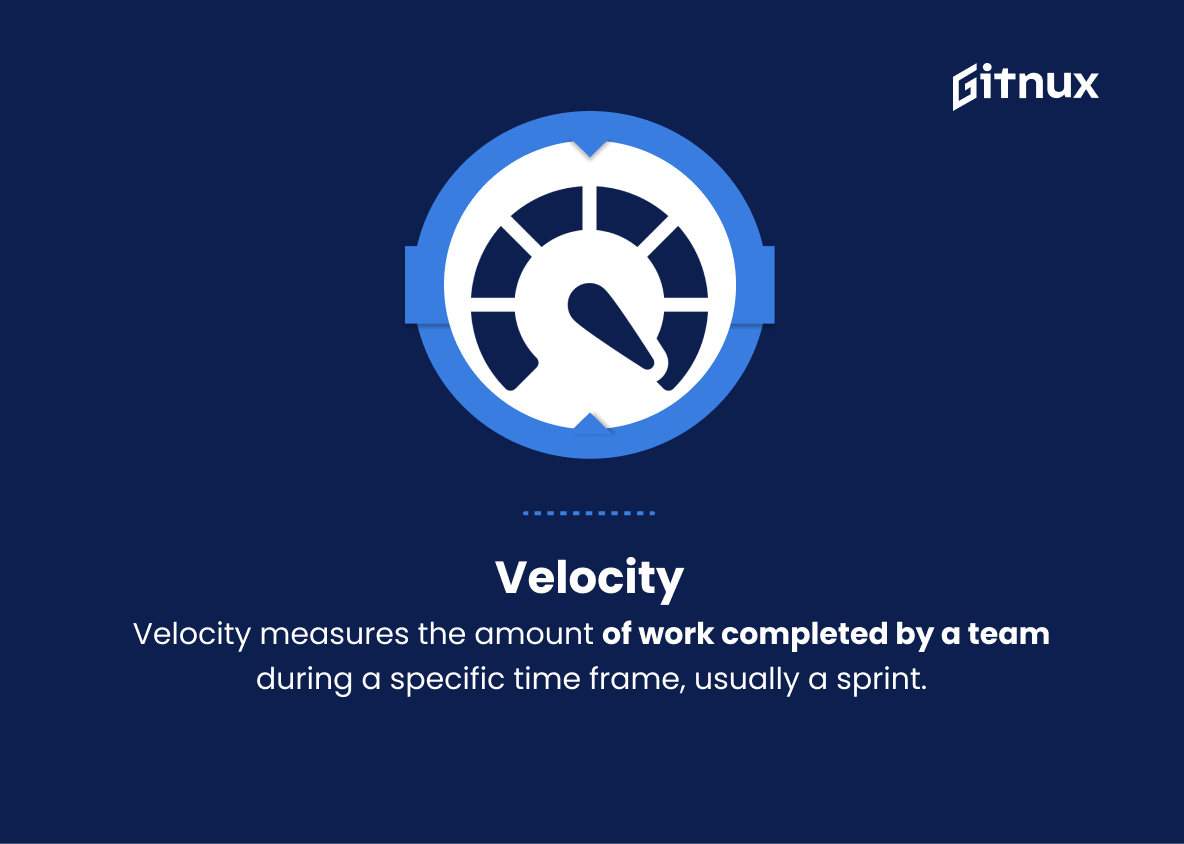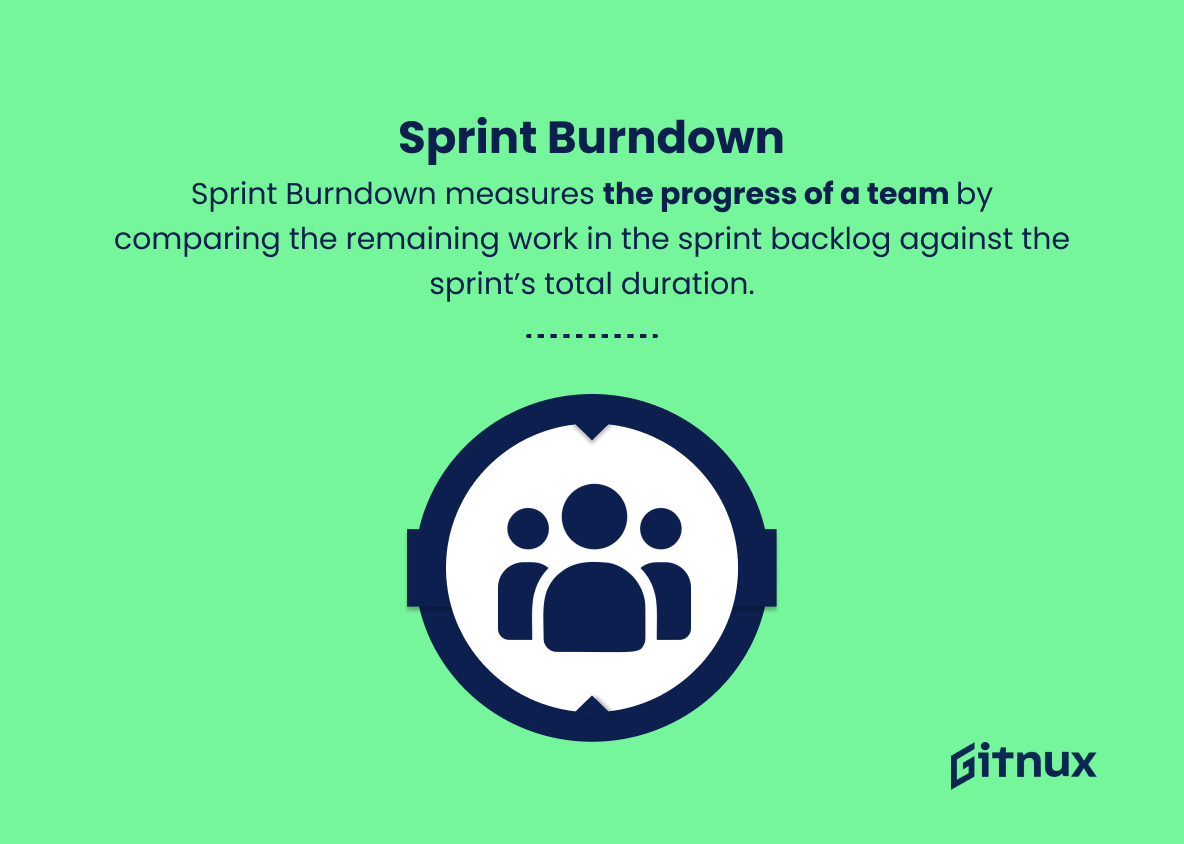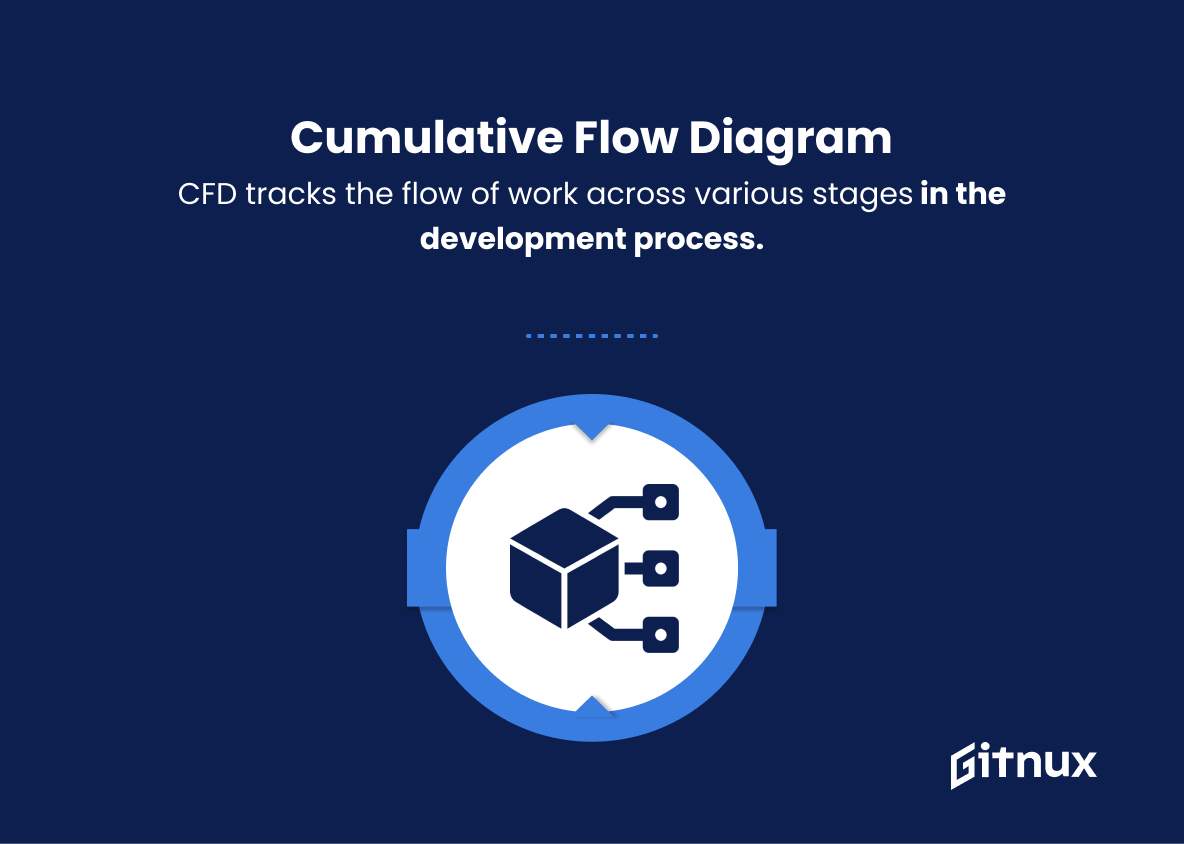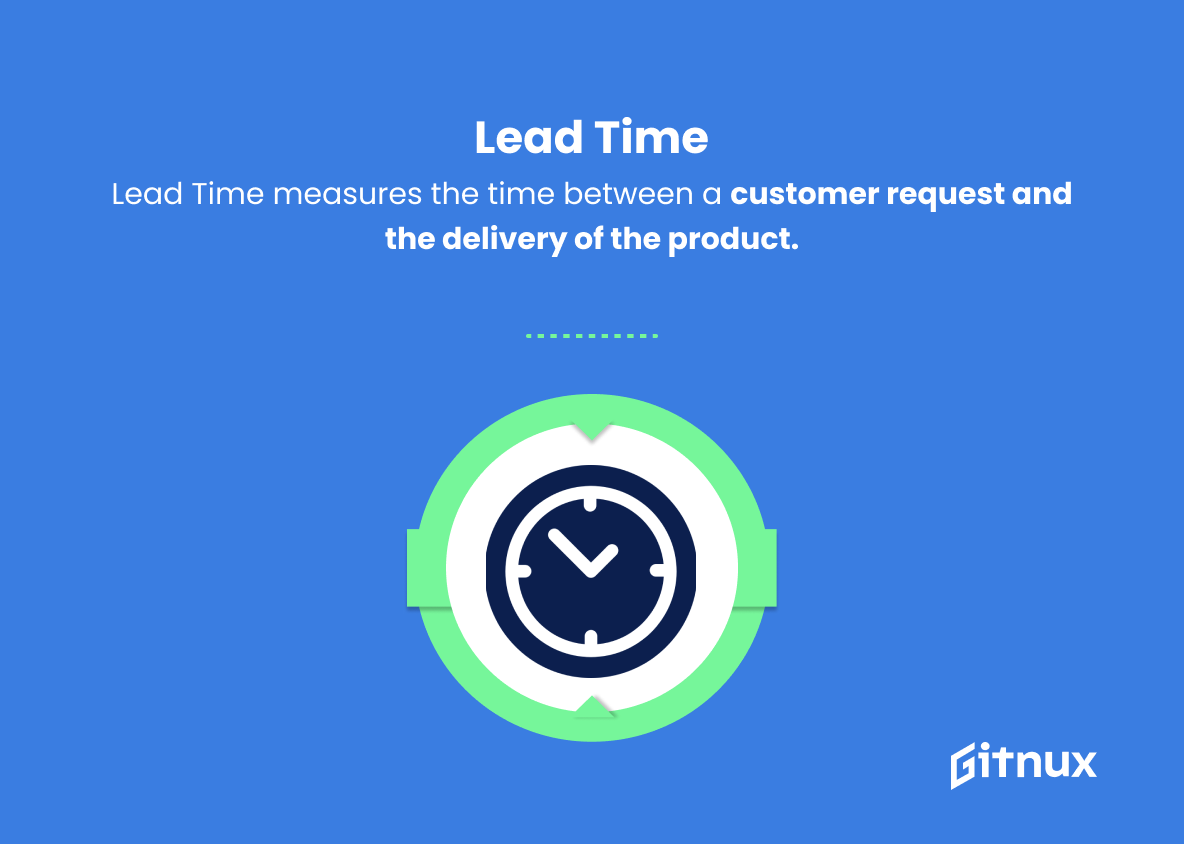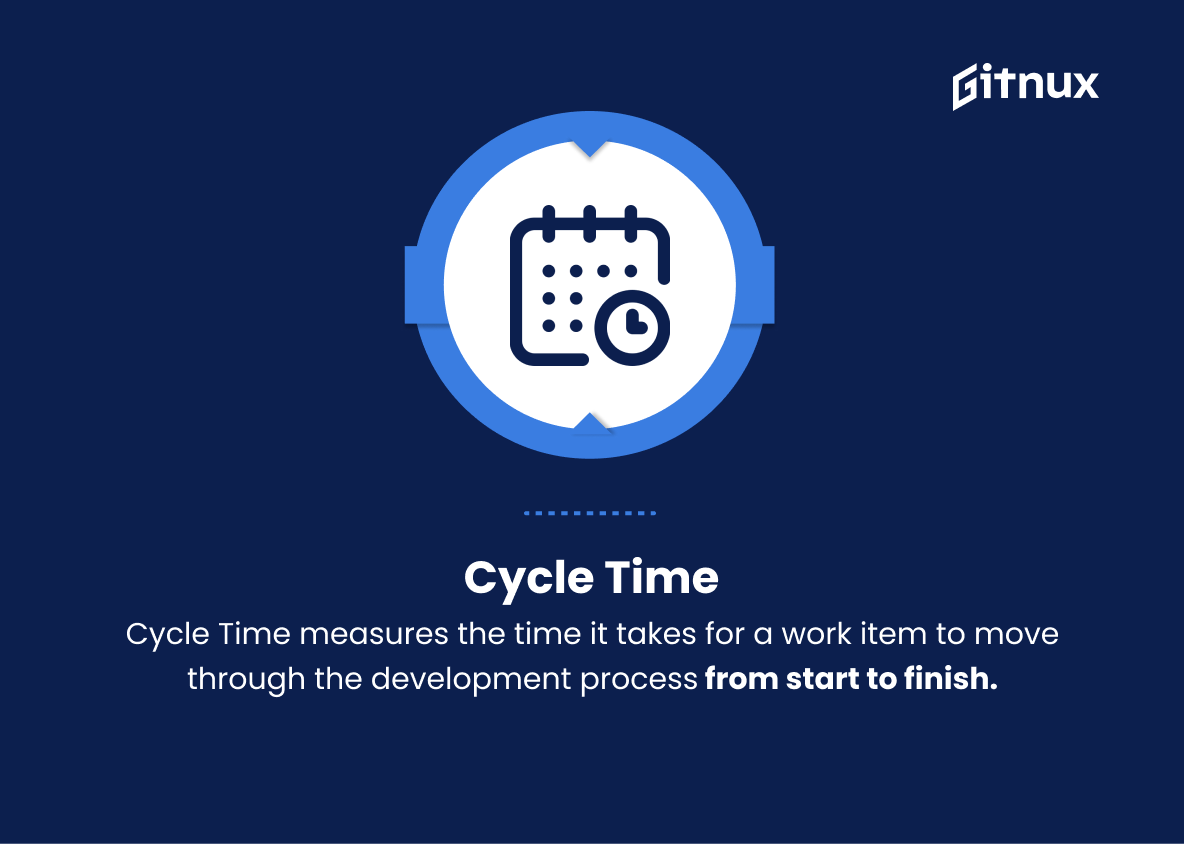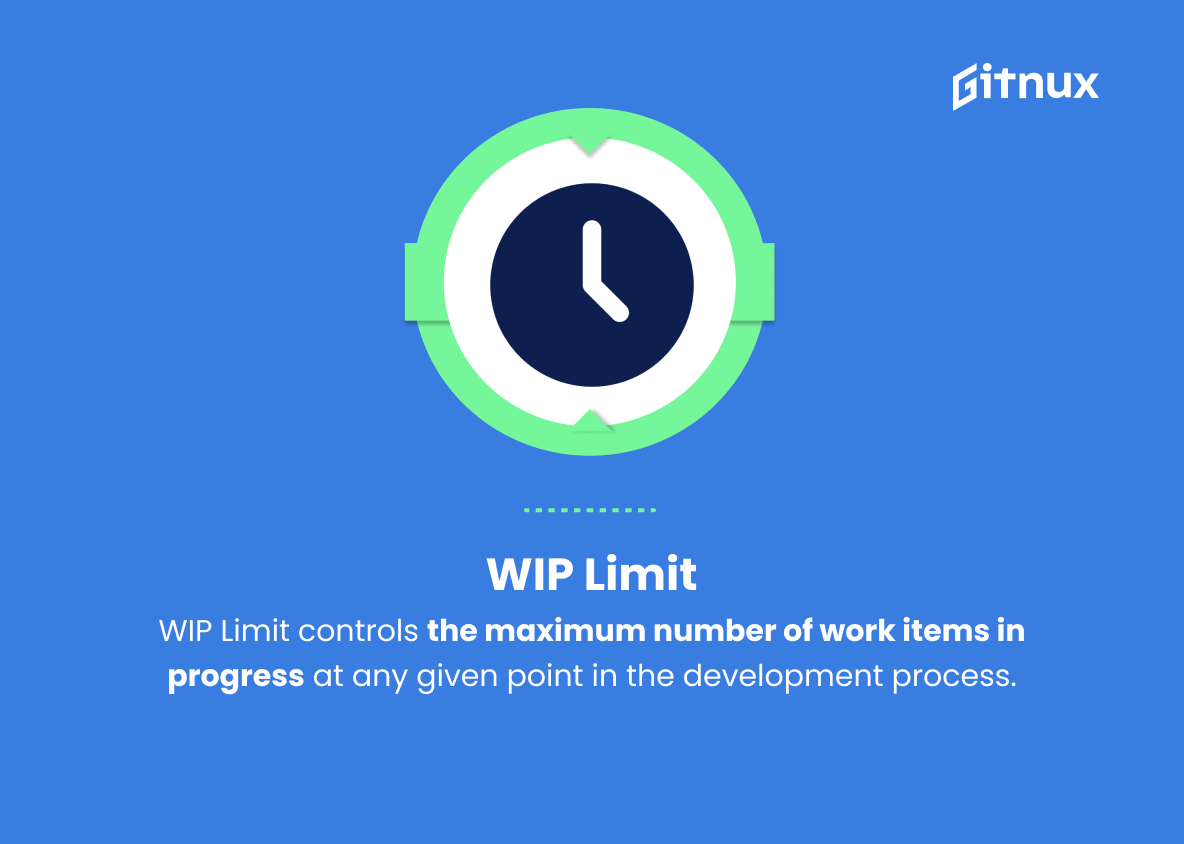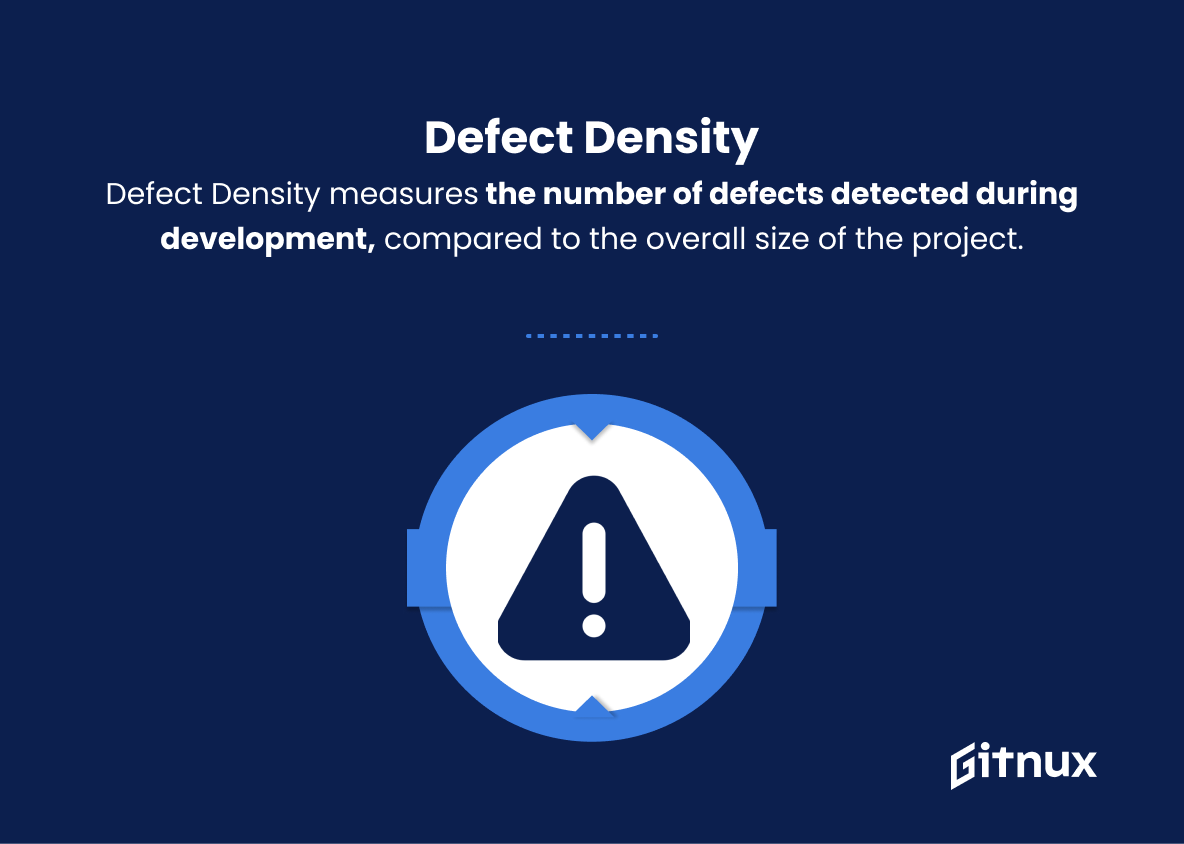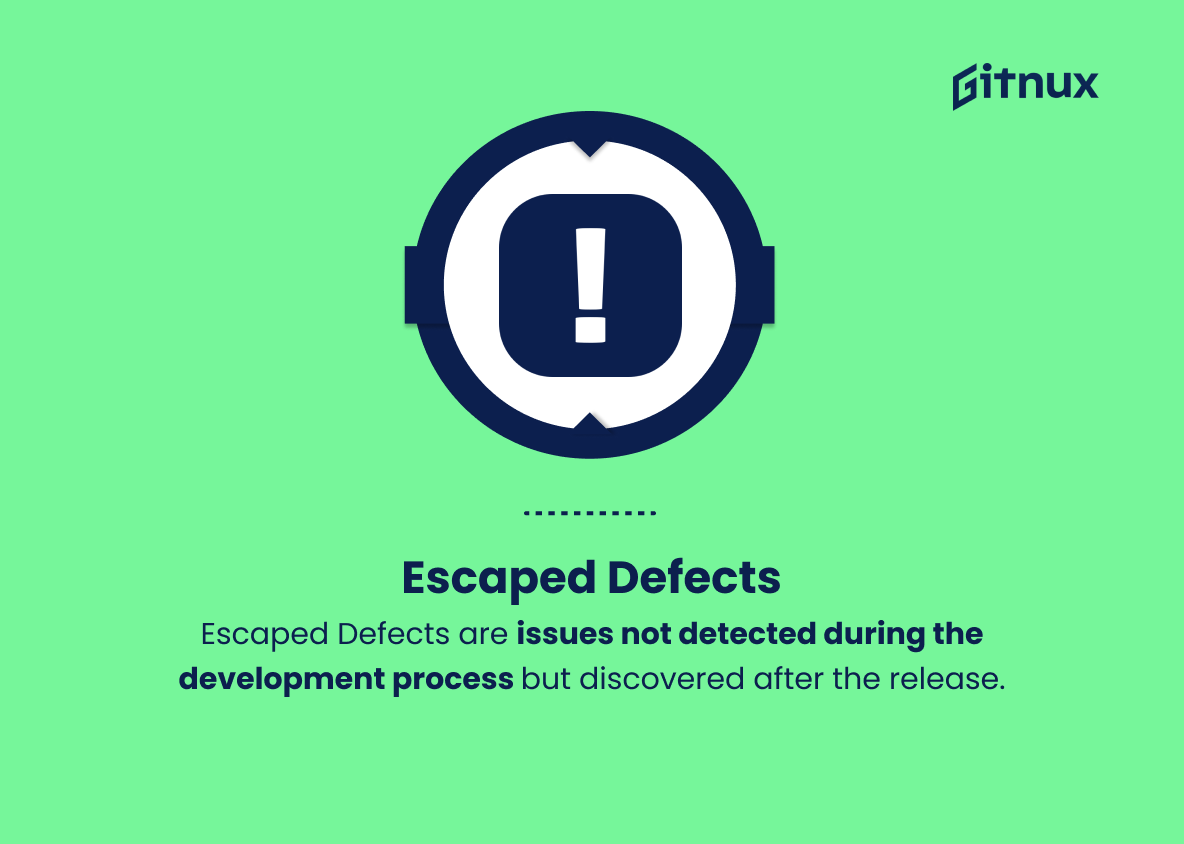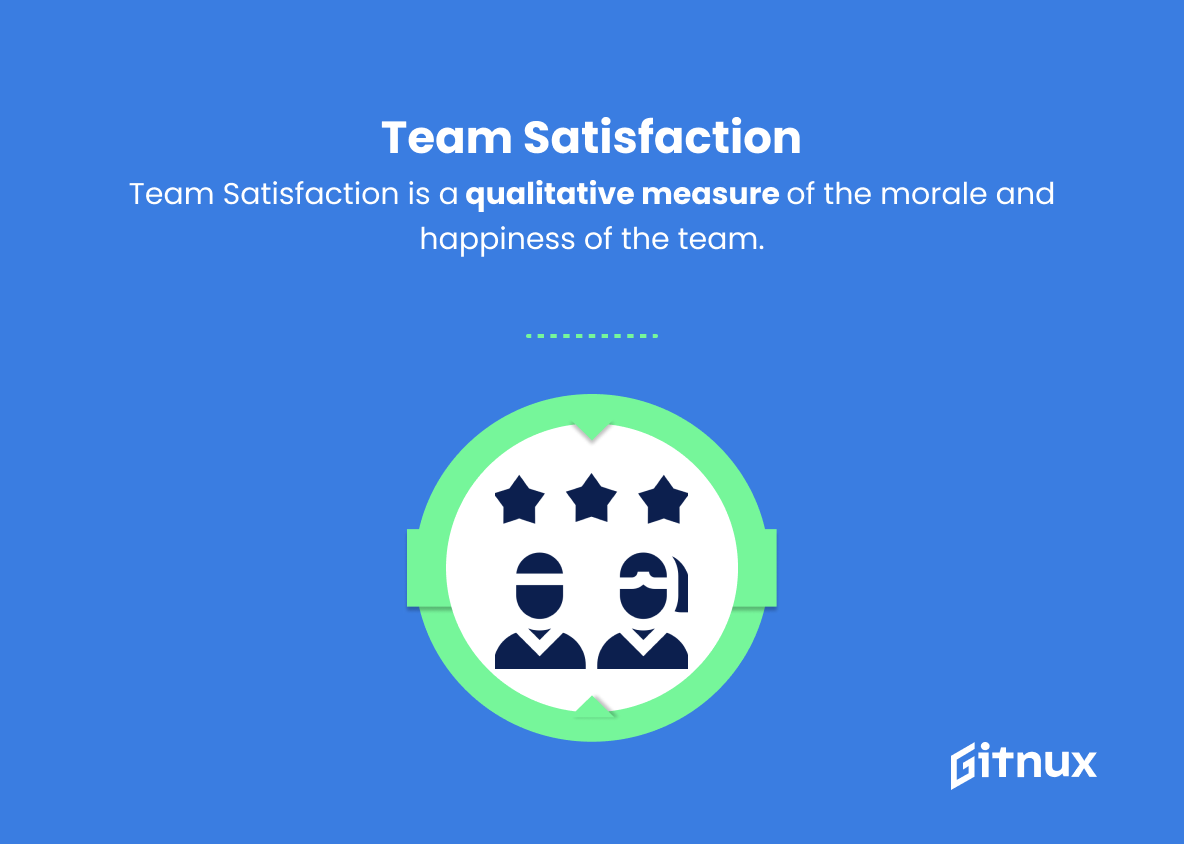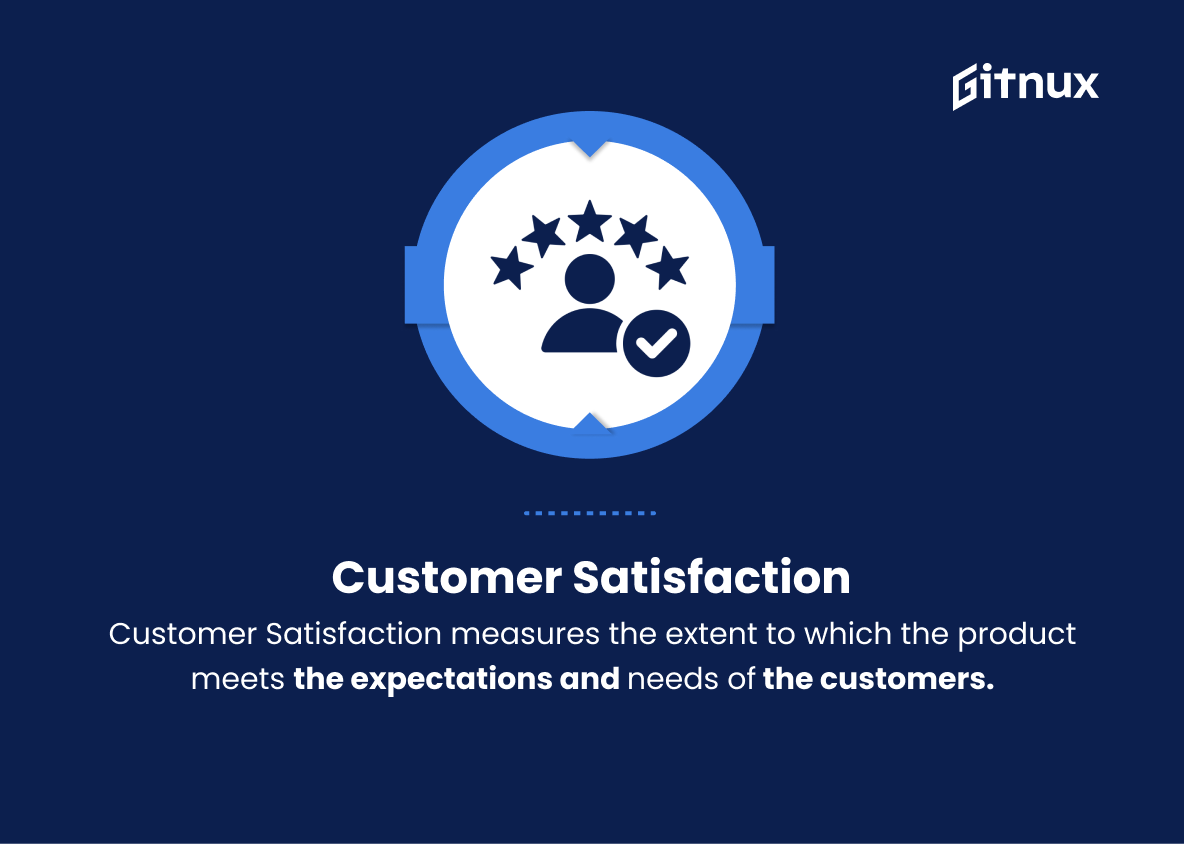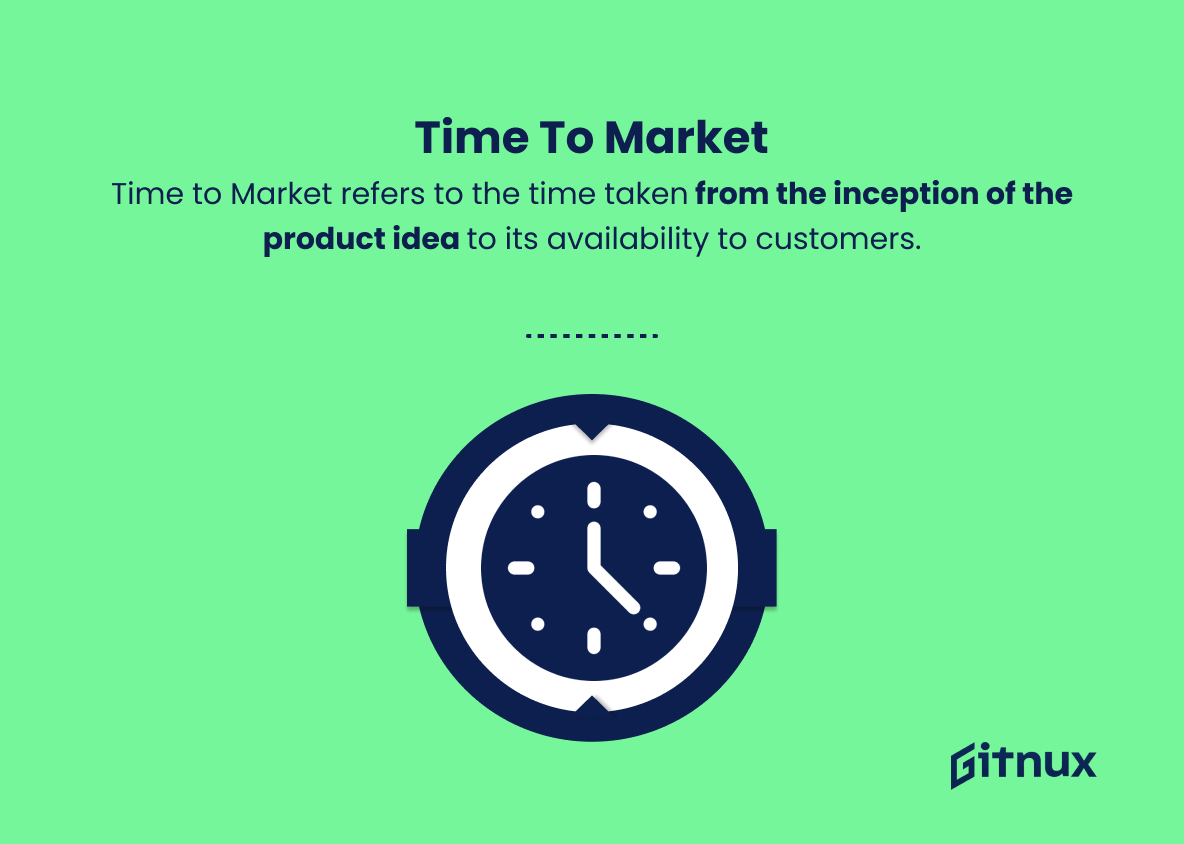In today’s fast-paced and increasingly competitive business environment, organizations are constantly looking for ways to improve efficiency and deliver better results in less time. One such approach is the Agile methodology, a proven framework that has become the go-to strategy for countless organizations across industries.
To truly harness the power of Agile, it is imperative to have a robust system in place to measure performance and track progress, and this is where Key Performance Indicators (KPIs) come into play. In this insightful blog post, we will delve into the world of Agile KPIs, explore their critical role in managing and optimizing projects, and demonstrate how they can contribute to the overall success of Agile-driven organizations.
Agile KPIs You Should Know
1. Velocity
Velocity measures the amount of work completed by a team during a specific time frame, usually a sprint. It helps in forecasting and planning future work.
In today’s fast-paced and increasingly competitive business landscape, organizations are constantly on the lookout for methods to enhance their efficiency and deliver better results in shorter timeframes.2. Sprint Burndown
Sprint Burndown measures the progress of a team by comparing the remaining work in the sprint backlog against the sprint’s total duration. It helps teams understand if they are on track or behind schedule.
3. Release Burndown
Release Burndown tracks how a team’s work is progressing against a set of features targeted for a release. It helps monitor progress towards achieving the release goals.
4. Cumulative Flow Diagram (CFD)
CFD tracks the flow of work across various stages in the development process. It indicates potential bottlenecks and helps in resource allocation decisions.
Agile KPIs matter because they provide valuable insights into the performance, efficiency, and effectiveness of software development teams.5. Work Item Age
Work Item Age measures the time taken for a work item to move from its initiation to completion. It provides insights into possible process delays and helps identify areas for improvement.
6. Lead Time
Lead Time measures the time between a customer request and the delivery of the product. A shorter lead time indicates a faster response to customer needs.
7. Cycle Time
Cycle Time measures the time it takes for a work item to move through the development process from start to finish. Lower cycle times reflect higher efficiency.
8. Throughput
Throughput represents the number of work items completed in a specific time period. Higher throughput indicates higher productivity levels.
Quality indicators, such as defect density and escaped defects, help maintain high-quality products, and measures like team satisfaction, customer satisfaction, and time to market help gauge overall project success.9. Work-In-Progress (WIP) Limit
WIP Limit controls the maximum number of work items in progress at any given point in the development process. It helps maintain a sustainable work pace and avoid overloading the team.
10. Defect Density
Defect Density measures the number of defects detected during development, compared to the overall size of the project. Lower defect density indicates a higher-quality product.
11. Escaped Defects
Escaped Defects are issues not detected during the development process but discovered after the release. Reducing escaped defects leads to improved software quality.
12. Team Satisfaction
Team Satisfaction is a qualitative measure of the morale and happiness of the team. A more satisfied team is more likely to be motivated and productive.
13. Customer Satisfaction
Customer Satisfaction measures the extent to which the product meets the expectations and needs of the customers. High customer satisfaction usually results in loyalty and repeat business.
14. Time to Market
Time to Market refers to the time taken from the inception of the product idea to its availability to customers. A shorter time to market can provide a competitive advantage.
15. Feature Usage Index
Feature Usage Index tracks the frequency of use for specific features in the product. It helps identify the most valuable features from the end-users’ perspective.
Agile KPIs Explained
Agile KPIs are important because they provide valuable insight into the performance, efficiency, and effectiveness of software development teams. They help teams identify areas for improvement and measure success over time. By tracking metrics such as velocity, sprint, and release burndown, the team can monitor progress and ensure that they are on track to meet their goals. Using tools such as CFDs and WIP limits, teams can identify bottlenecks in their processes and allocate resources effectively.
Measures such as work item age, lead time, and cycle time allow teams to identify process gaps and inefficiencies, while throughput provides an overall view of productivity levels. Quality metrics such as defect density and escaped defects help maintain high-quality products, and measures such as team satisfaction, customer satisfaction, and time-to-market help gauge overall project success. Finally, the Feature Usage Index provides insight into which features are most valuable to end users, ensuring that the product continues to meet customer needs and drive business value.
Conclusion
In summary, Agile KPIs play a critical role in ensuring the success of Agile-driven projects, providing valuable insight into team performance, and facilitating continuous improvement. By focusing on a balanced set of metrics that emphasize customer satisfaction, team efficiency, and product quality, organizations can create a highly productive and collaborative environment that adapts to change and delivers desired results.
It is important to remember that KPIs should be tailored to each organization and its unique context, and should be regularly reviewed and adjusted to ensure they remain relevant and effective. Embrace the agile mindset, track your progress with the right KPIs, and watch your project management success soar to new heights.
